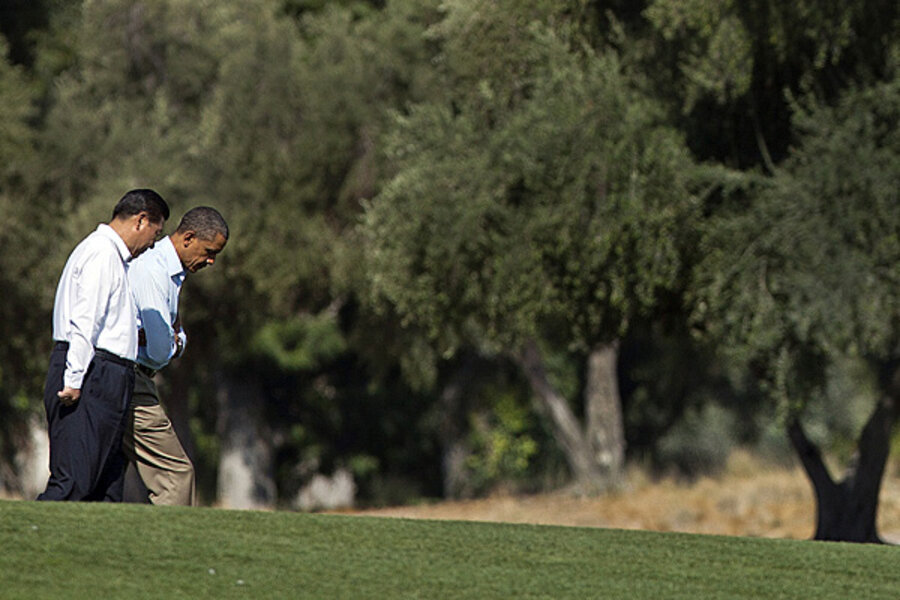China: how to rev up a clean-energy laggard
Loading...
If the world loses its war on climate change, you can blame China.
The fast-growing, coal-reliant powerhouse is pumping out so much more carbon dioxide that reductions in other parts of the world can't compensate, according to a report issued Monday by the International Energy Agency (IEA).
But the solution to climate change may lie in dropping such finger-pointing and working instead on improvements, however incremental, that nations can agree on to cut heat-trapping emissions, such as last week's US-China agreement on between China and the US on hydrofluorocarbons (HFCs), a heavy greenhouse-gas emitter. And China is certainly deploying significant quantities of renewables, just not fast enough to keep pace with the country's tremendous growth.
"In climate negotiations, the underlying debate has been 'Who is the bad guy? Who should pay the most?'" said Durwood Zaelke, founder and president of the Institute for Governance & Sustainable Development, an advocacy organization based in Washington and Geneva. "We’re moving beyond that now – slowly – and we have to move beyond that because we’re never going to resolve that question."
Climate change has popped onto the radar screen again with the release of Monday's IEA report. Worldwide carbon emissions increased 1.4 percent in 2012, reaching a record high of 31.6 billion metric tons, according to the IEA. At that pace, long-term average temperatures are expected to rise between 38.5 degrees and 41.5 degrees Fahrenheit, well above the 35.6 degrees most scientists say is a safe rate of temperature increase.
The good news is that the United States reduced carbon emissions by 200 million metric tons in 2012 down to levels not seen since the mid‑1990s. That's largely thanks to a transition from coal to cheaper, cleaner natural gas in the US.
But China's continued economic growth and reliance on fossil fuels pushed emissions up by 300 million tons in that country last year, according to the IEA. It's a reminder that climate change is a truly global problem, and sometimes it's one step forward, two steps back.
“Climate change has quite frankly slipped to the back burner of policy priorities," IEA Executive Director Maria van der Hoeven said in a statement. "But the problem is not going away – quite the opposite.”
That's not to say China hasn't made progress. Last year's increase was the lowest the country has seen in a decade, which the IEA attributes to the country's deployment of renewables and efficiency efforts.
Chinese President Xi Jinping and President Obama agreed last week to cutting the use of HFCs – a heat-trapping product commonly used in refrigerators, air conditioners, and other household and industrial products. A global reduction in HFCs could eliminate 81 billion metric tons of carbon-dioxide equivalent by 2050, according to the White House.
It's not the first time the two countries have collaborated on clean-energy issues. In 2009, the US and China introduced a handful of measures to boost energy collaboration between the two countries. The package included a joint clean-energy research center and a shared push for implementing carbon capture and storage technologies on coal plants, among other proposals.
A brewing trade war over alleged dumping of cheap Chinese solar panels has cooled those early promises of collaboration, according to Jennifer Turner, director of the China Environment Forum at the Woodrow Wilson Center in Washington. But last week's agreement is a step in the right direction, Ms. Turner said in a telephone message, and partnerships at the local level and in private industry help push the ball forward.
"While the federal governments are at loggerheads for various trade issues, we are seeing more state governments in the US encouraging Chinese clean energy investment," she said.








